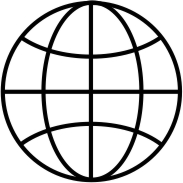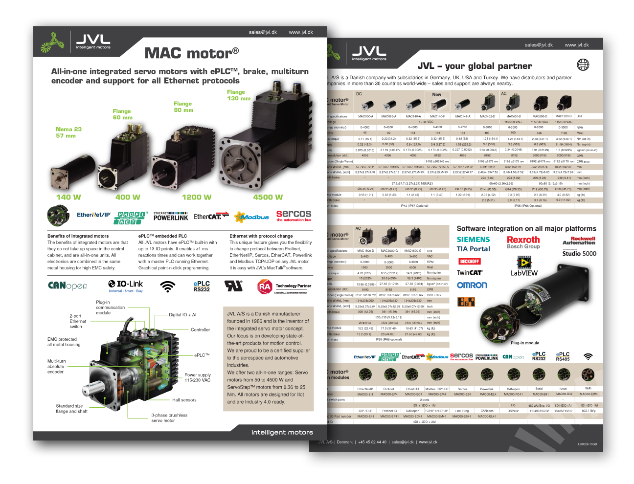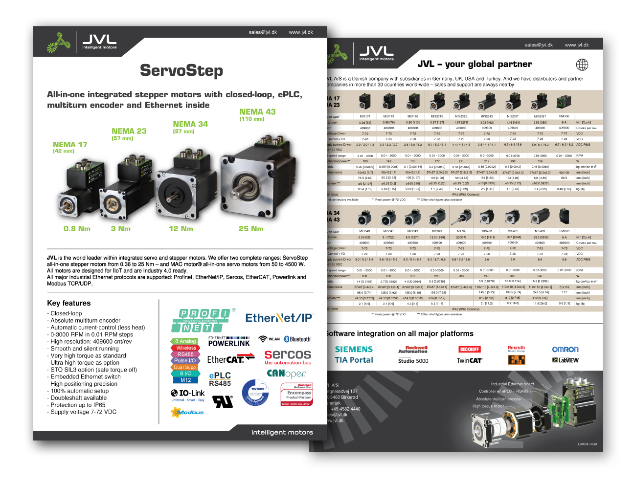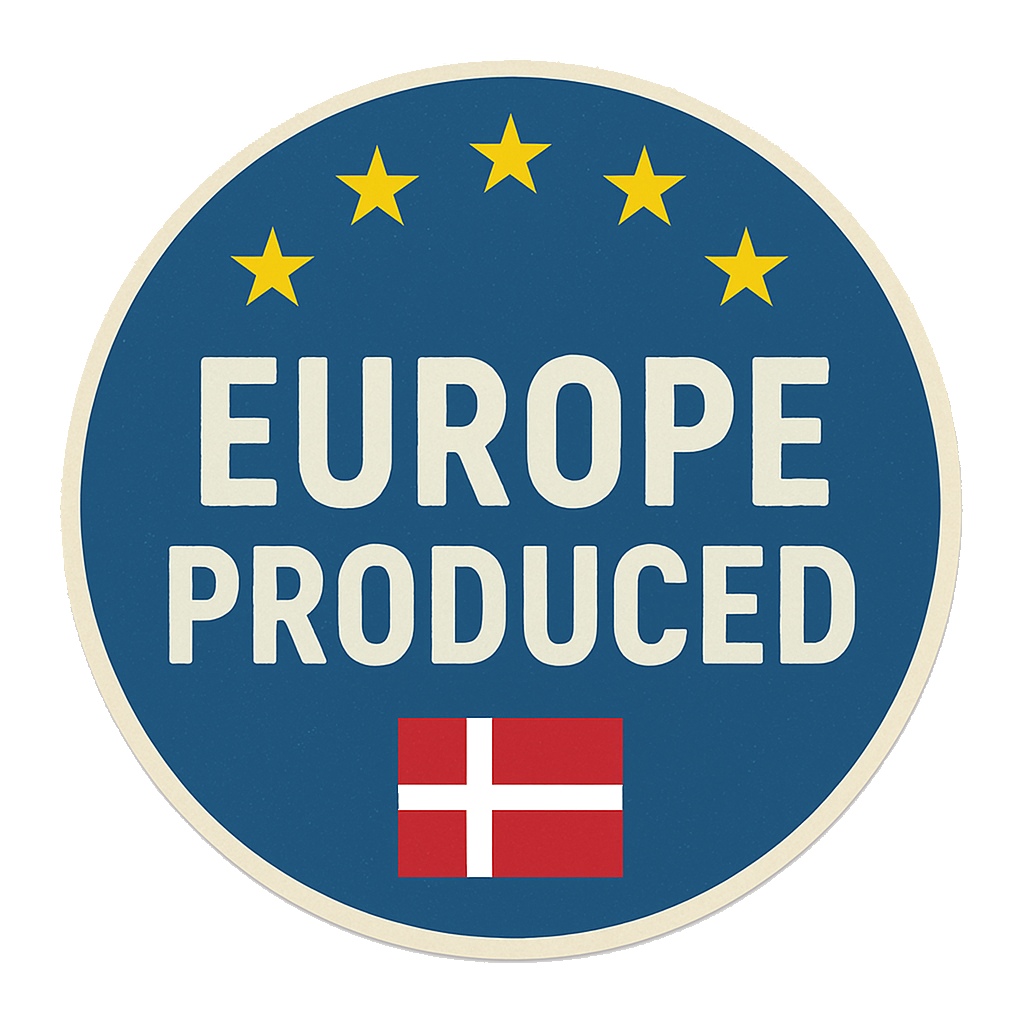
Grundfos Producing Motor Rotors on Machines that use JVL Step Motor Drivers
|
9 machines in the manufacturing equipment used for producing motor rotors are equipped with drivers, motors and gears supplied by JVL.
At world-renowned Grundfos in Bjerringbro on the Danish mainland of Jutland, a very large number of pumps are manufactured for typical use in common central heating systems. Each of these pumps contains an electric motor and the rotors for the motors are produced by a large system of machinery that has been designed and constructed by Grundfos' own technology centre. The Technology Centre has both a machine group that designs and constructs the machinery and an electrical group that takes care of all the electrical control equipment built into the machines. The machinery used to produce the motor rotors consists of several units, each of which carries out particular operations in the assembly of the rotors. Each rotor consists of 2 copper discs which are separated by an iron rotor casing. A number of copper rods connect the two copper discs through holes in the casing. 3 of the various types of production units utilise Zebotronics step motors equipped with planetary gears from Technoingranaggi Riduttori (TR), both manufacturers' products being supplied by JVL. The step motors are driven by JVL's Step Motor Drivers that are controlled by signals from Allen Bradley PLCs with step motor indexers.
2 machines are used to fix the copper discs. First the lower disc is located in the correct position by rotating the disc until a punched-press lip is positioned correctly. Once the iron casing has been assembled onto the disc, the top disc is positioned by the other machine. The copper rods are then inserted into the rotor element. This is accomplished using 2 machines. The length of the copper rods is determined by an end stop adjusted by a Zebotronics motor that is also equipped with a TR gear. This setting is only adjusted when the type of rotor to be produced is changed. Similarly, other machine functions can be automatically adjusted so that the production equipment operates on a batch-oriented basis. Once the rotor assembly has been pressed by another machine and the rods skewed to give the correct construction, the rotors are welded by a total of 5 automatic welding robots. These machines rotate the rotor using a Zebotronics motor with TR gear. In each machine there are two welding points &emdash; one where the rotor is welded at one end, and the other where the rotor is welded at the other end after being rotated. Once these operations are complete, the rotors are equipped with an axle and fitted with a stainless steel housing. The manufacturing and assembly equipment has a capacity for producing 40000 rotors every 24 hours.
JVL's drivers, motors and gears have provided a solution that fully satisfies Grundfos' requirements and the equipment has been in full production for 3 to 4 years. The entire programming of the equipment was carried out by Grundfos' Technology Centre's electrical group in co-operation with Allen Bradley engineers. JVL has configured and dimensioned the driver stages, motors and gears. The production machinery uses step motor indexers associated with the PLCs, but the tasks could have been fulfilled using JVL Step Motor Controllers which include both a driver and indexer in a single unit.
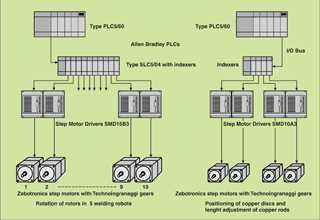 Schematic representation of the control system in the machines for producing rotors.
|
|
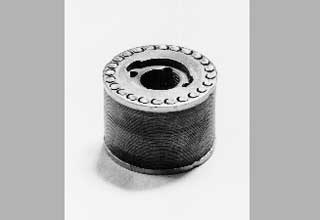 Rotor before welding in the automatic welding machine.
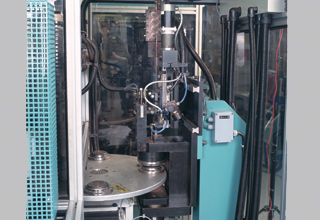 One of the machines that cuts the copper rods
and assembles them in the rotor element. 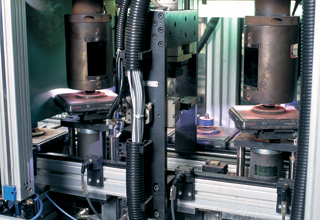 One of the five automatic welding robots
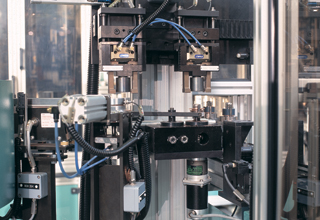 One of the machines for fixing the copper discs.
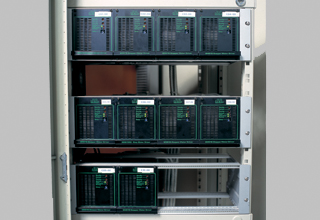 The drivers of the robot welding machines, rack-mounted in a control cabinet. |
JVL A/S Bregnerødvej 127 DK-3460 Birkerød Denmark
Tel: +45 4582 4440 Fax: +45 4582 5550 E-mail: jvl@jvl.dk
Tel: +45 4582 4440 Fax: +45 4582 5550 E-mail: jvl@jvl.dk


